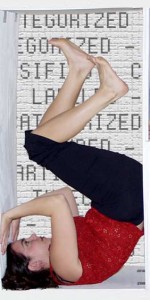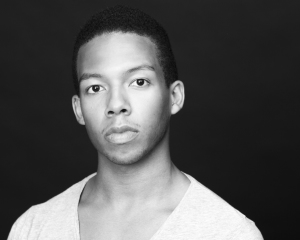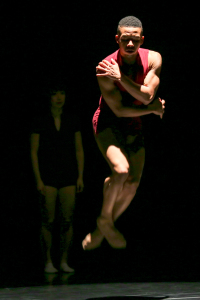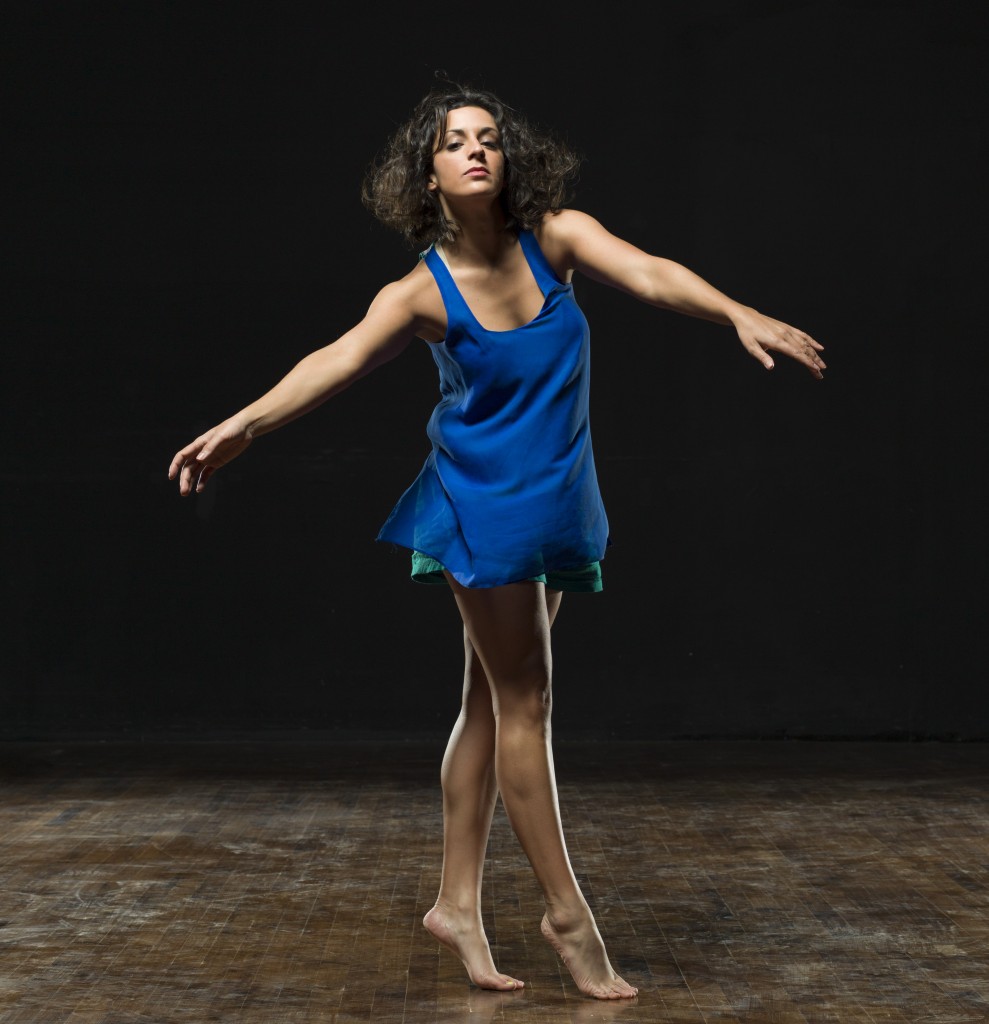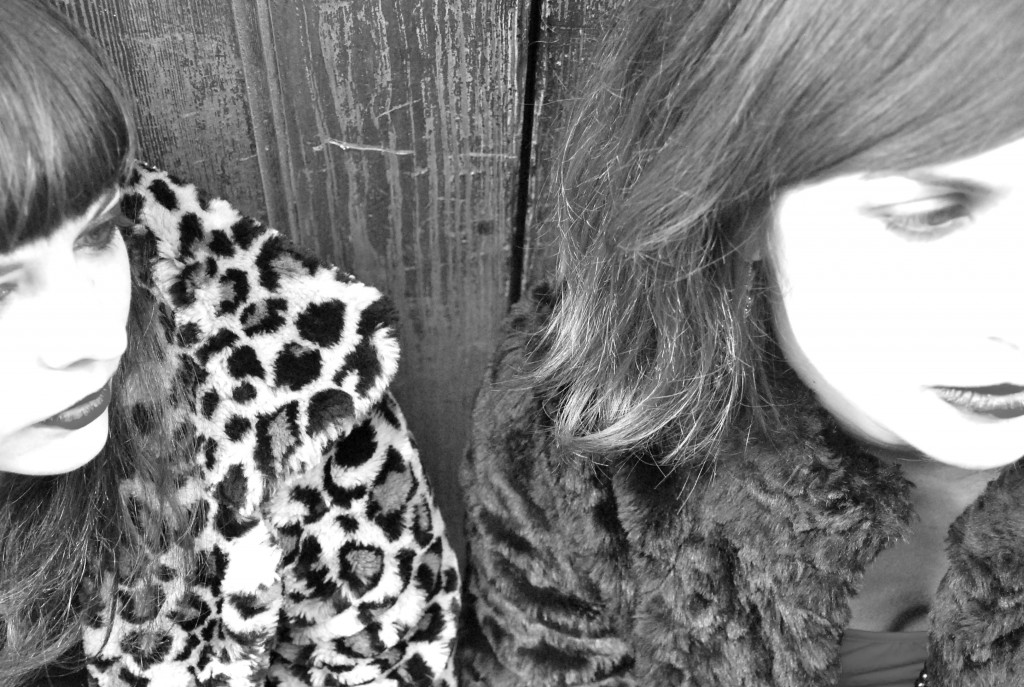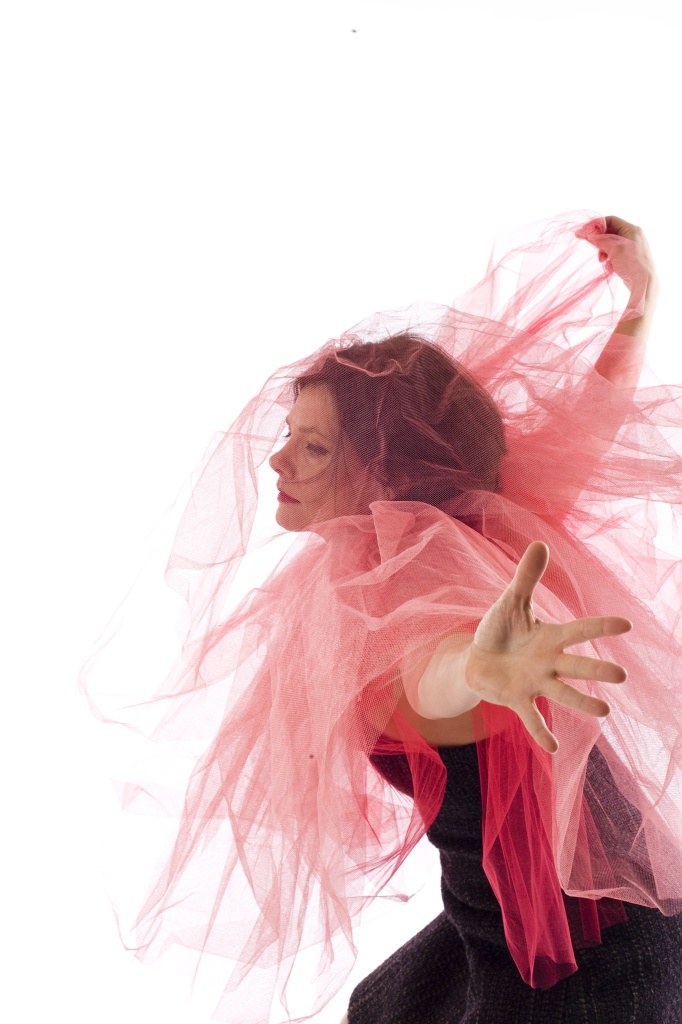
Assistant Editor Rachel Hellwig interviews Michelle Kranicke from Zephyr – a Chicago-area experimental dance company that has been around for over 20 years…
What inspired you to start Zephyr?
I was very young when I started Zephyr so the reasons behind why I founded the company don’t really resonate with Zephyr’s current aesthetic and mission. What is more important to me right now is what inspires me to continue. And that is my continued fascination with creating work, dance specifically, and trying to push beyond known ideas and preconceptions about what the art form can be.
What’s it like to be artistic director, choreographer, and performer all at once?
I have been all three for so long I guess I am not sure what it is like to not be artistic director, choreographer and performer all at once. I think the roles of director, choreographer, and performer are linked, each having their own specific requirements and priorities. For example, in my role as director I try to make sure that both Zephyr’s productions and its education work are an extension of the company’s mission. To that end I try to make sure company class is structured so that dancers are not only learning technique, but also developing an innate understanding of Zephyr’s aesthetic so that when I am working as a choreographer the performers I am working with have all the tools they need. Regarding Zephyr’s long history of arts integrated education programming, working with schools and students using movement and the creative process to access knowledge and understanding, Zephyr trains its teaching artists in the same clear detailed manner with which its aesthetic is presented. As far as my performer self, that is often the most straightforward role, and one where I am deeply connected.






